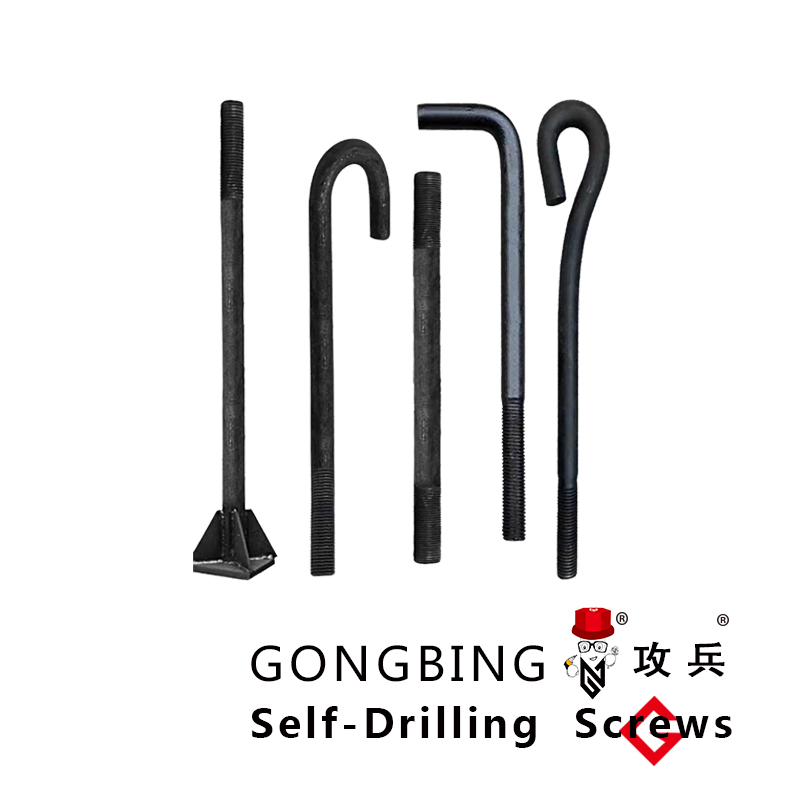chemical anchor bolts specification
Chemical Anchor Bolts Specification
Chemical anchor bolts are essential components in construction and engineering, providing strong, secure connections for various structures. These bolts, which utilize chemical adhesives or epoxies to bond with the substrate, have become increasingly popular due to their ability to perform well in challenging environments. Understanding the specifications and selection criteria for chemical anchor bolts is crucial for achieving optimal performance and safety in any project.
1. Material Composition
Chemical anchor bolts are typically made from high-strength steel or stainless steel, ensuring durability and resistance to corrosion. The choice of material largely depends on the specific application and environmental conditions. For example, stainless steel is preferred in coastal areas or environments prone to moisture, as it withstands corrosion better than standard carbon steel.
2. Size and Diameter
The specifications for size and diameter of chemical anchor bolts must be carefully considered based on the load requirements and the thickness of the substrate. Common diameters range from 8 mm to 30 mm, but custom sizes are available for specialized applications. It's crucial to follow the manufacturer's guidelines and industry standards to select the appropriate size for the expected load.
The type of chemical adhesive used is a vital aspect of chemical anchor specifications. Various formulations are available, including epoxy, polyester, and vinylester-based adhesives. Each has its own curing time, temperature range, and load-bearing capacity. For instance, epoxy-based adhesives generally provide superior strength and bonding capabilities, making them suitable for heavy-duty applications, while polyester is more cost-effective for lighter loads.
chemical anchor bolts specification

4. Installation Guidelines
Proper installation is critical to ensure the performance of chemical anchor bolts. The substrate must be clean, dry, and free from debris before the bolt is installed. Drill holes must be of the correct diameter and depth, matching the specifications of the selected anchor bolt and adhesive. Following the manufacturer's instructions for mixing and applying the adhesive is essential for achieving the desired bond strength.
5. Load Capacity and Testing
Chemical anchor bolts are designed to handle specific load capacities, which vary based on the adhesive used, bolt size, and the concrete quality. Load testing should be conducted to ensure that the installation meets the safety requirements for the application. Various testing methods such as pull-out tests provide valuable data on the anchor's performance under load conditions.
6. Codes and Standards
Adhering to pertinent codes and standards is crucial when specifying chemical anchor bolts. Organizations such as the American Concrete Institute (ACI) and International Organization for Standardization (ISO) provide established guidelines that ensure safety and reliability in construction practices.
In conclusion, the specification of chemical anchor bolts involves careful consideration of material, size, adhesive type, installation procedures, load capacity, and compliance with industry standards. By following these guidelines, engineers and contractors can ensure that their projects are secure and durable, meeting both safety requirements and performance expectations.
-
Weatherproof Plastic Expansion Anchors for OutdoorNewsJun.06,2025
-
Sustainability in the Supply Chain: Eco-Friendly TEK Screws ProductionNewsJun.06,2025
-
Load-Bearing Capacity of External Insulation FixingsNewsJun.06,2025
-
Double Head Bolts: Enhancing Efficiency in Industrial MachineryNewsJun.06,2025
-
Corrosion Resistance in Chipboard Screws: Coatings for Wholesale DurabilityNewsJun.06,2025
-
Butterfly Toggle Bolts : Enhancing Structural ResilienceNewsJun.06,2025
